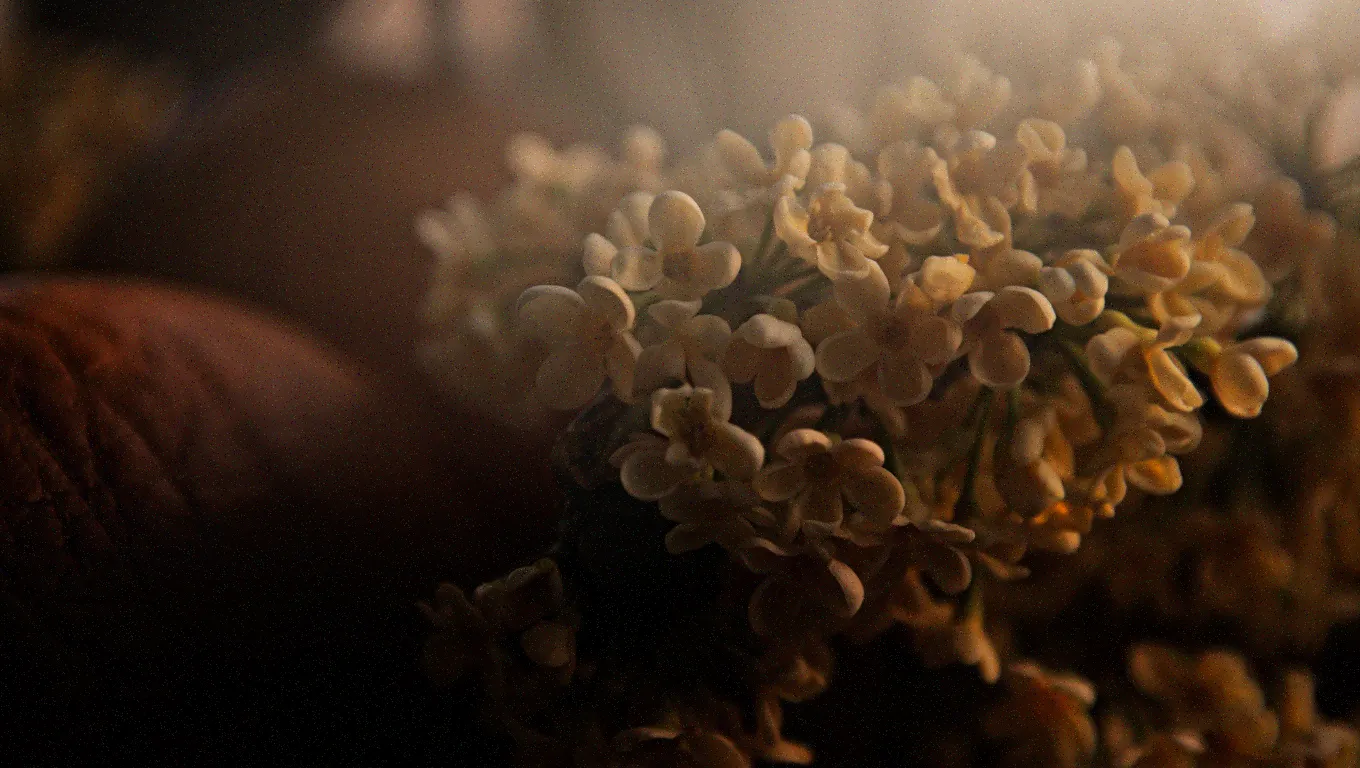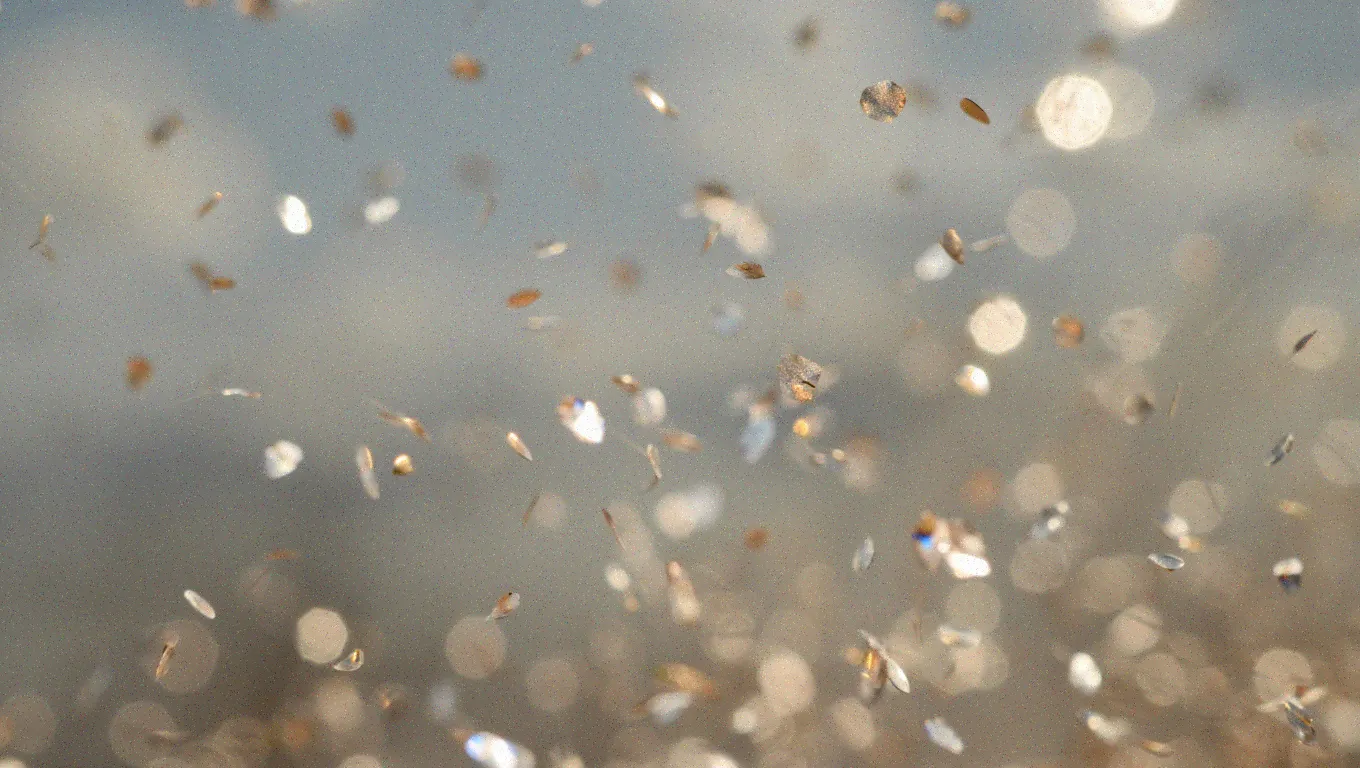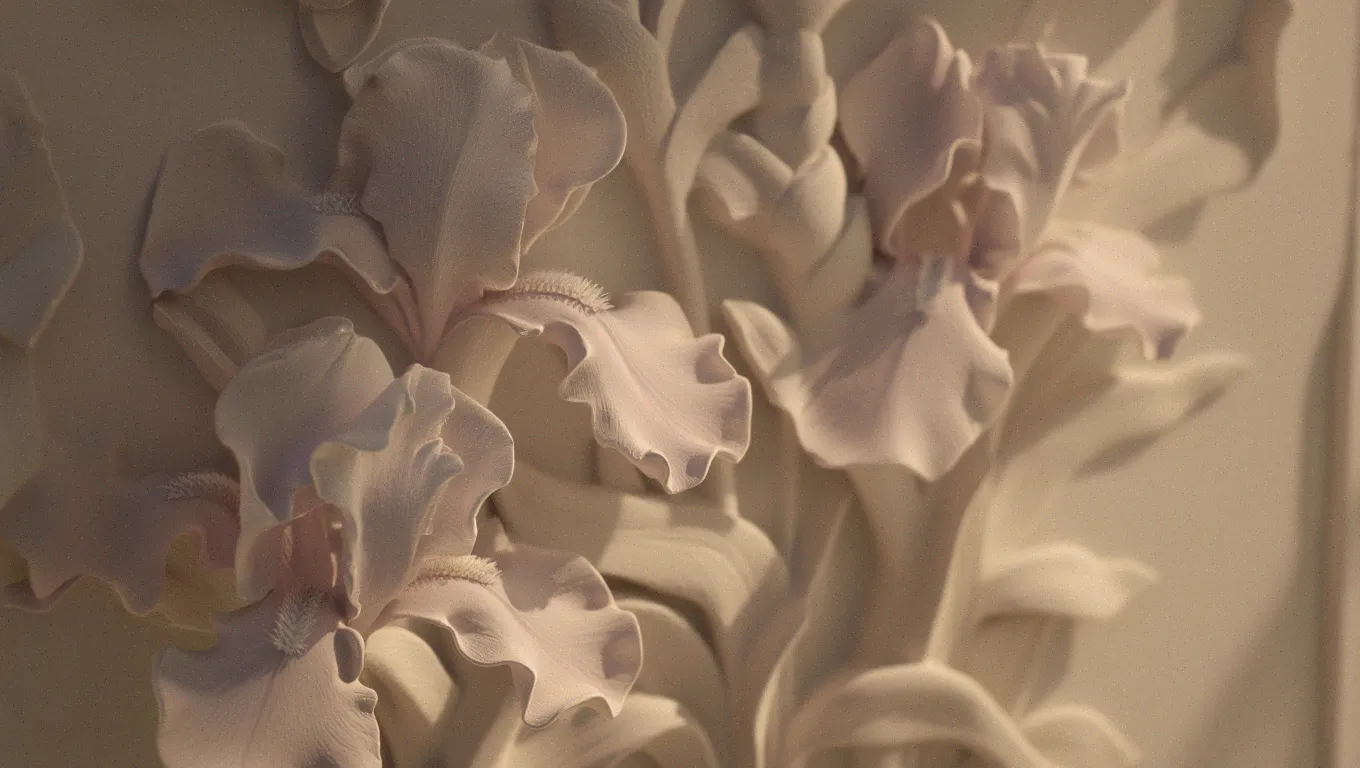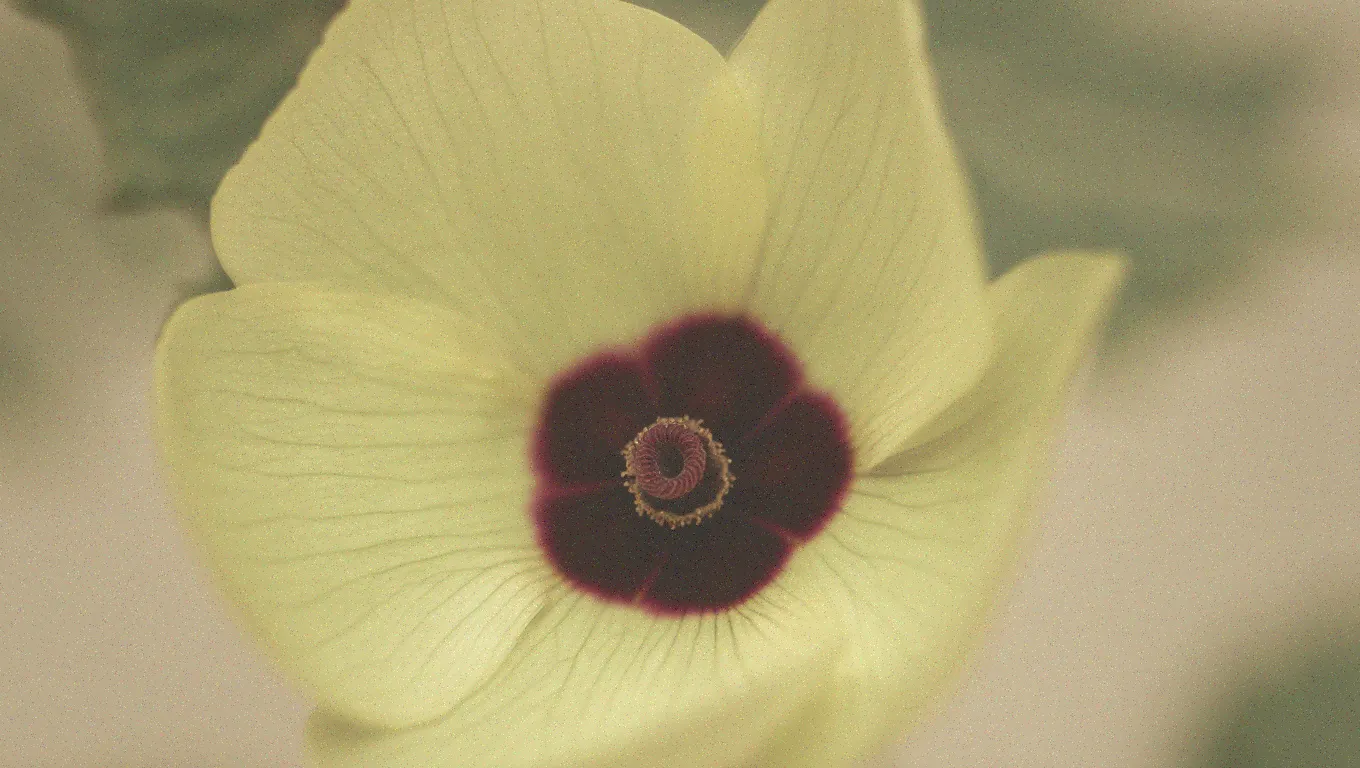Fleur de Cuir: Orchestrating Apricot Silk and Cedarwood Shadows
At 5% concentration, Fleur de Cuir—a co-distilled osmanthus-cedarwood material from Payan Bertrand—excels in fruity oud compositions, delivering apricot liqueur brightness, suede-soft leather, and oud-like resonance. This research explores four compositional pathways and provides a complete formula showcasing the material as architectural centerpiece.
Minimalist Perfumery: Molecular Transparency and the Art of Reduction
Minimalist perfumery achieves presence through radical reduction, utilizing 5-30 ingredients centered on transparent molecules like Iso E Super, Ambroxan, and Hedione at unprecedented concentrations (20-75%). This technical guide explores the chemistry, formulation strategies, and IFRA compliance considerations for creating minimalist fragrances that prioritize linearity, sheerness, and skin-chemistry interaction.
Modern gourmand perfumery: Building transparent sweetness through chemistry
Modern gourmand perfumery has evolved from heavy, cloying compositions to transparent, sophisticated interpretations through strategic use of lactones, coumarin-based tonka effects, and woody-amber molecules. This comprehensive guide explores core aromachemicals, their regulatory constraints, synergistic behaviors, and professional formulation protocols for building contemporary sweet fragrances.
Decoding Modern Molecules and the Spatial Revolution in Fine Fragrance
An in-depth exploration of 21st-century fragrance molecules that revolutionize modern perfumery through spatial diffusion, transparency, and sustainability. This comprehensive analysis examines captive molecules like Paradisone, Amber Xtreme, and biotech innovations that achieve monumental sillage while maintaining the weightless aesthetic defining contemporary fine fragrance.
The Modern Rose Accord: Molecular Architecture and Olfactive Artistry
Modern rose accord construction combines traditional alcohols (citronellol, geraniol, PEA) with powerful trace molecules like β-damascenone and rose oxide. This comprehensive analysis explores how contemporary perfumers layer damascones for fruity transparency, rose oxide for metallic sparkle, and galaxolide for skin-scent intimacy, creating rose interpretations impossible in pre-1960s perfumery.
The Architecture of Scent: Conceptual Perfumery in Niche Fragrance Creation
Conceptual perfumery transforms fragrance into artistic statement through deliberate frameworks translating ideas, emotions, and narratives into olfactory experience. This comprehensive analysis explores how niche perfumers use concepts as creative compass, examining theoretical foundations, practical methodologies, and structural architectures from Jean Carles' systematic approach to contemporary neuroscience-based molecular targeting.
The Sensory Architecture of Scent: Decoding Olfactory Texture
An in-depth exploration of olfactory texture in perfumery—how molecular weight, volatility, and raw material selection create tactile sensory experiences from powdery softness to metallic sharpness, fundamentally shaping fragrance performance and emotional impact.
The Architecture of Scent: Olfactive Design in Modern Perfumery
Modern perfumery has evolved from luxury accessory to sophisticated design discipline where molecular innovation serves aesthetic, functional, and cultural goals through transparent roses, calm oud, and skin scents.
The Architecture of Olfactory Aesthetics: Sensory Experience and Emotional Modulation in Niche Perfumery
An exploration of how niche perfumery translates psychological desires into olfactory architecture through molecular engineering, textural design, and targeted emotional modulation, from status-signaling oriental accords to minimalist skin scents and therapeutic wellness fragrances.
Musk Ambrette to Ambrettolide Substitution Guide
Comprehensive guide for substituting discontinued musk ambrette with modern ambrettolide in vintage amber formulations. Includes substitution ratios (0.3-0.5:1), performance comparisons, and technical formulation adjustments for authentic 1970s-era character with contemporary safety compliance.











